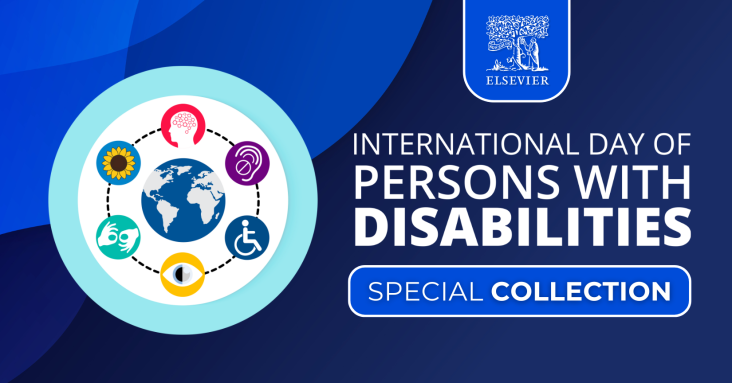Your search request returned 7389 results.
This paper reviews existing analyses on AI infrastructures energy and climate implications and proposes quantitative scenario-based frameworks, highlighting key research challenges at the intersection of AI-driven energy demand, region-specific clean energy strategies and their economic competitiveness, strategic levers in energy sourcing decisions, and policy dynamics.
This study develops a capacity expansion model with grid operational detail and high spatial resolution to examine decadal pathways to carbon neutrality by 2060 considering localized and temporal impacts.
This study explored mental health understanding and experiences within the Bangladeshi Deaf community, aiming to co-develop culturally and linguistically appropriate digital mental health tools.
This qualitative study explored challenges faced by upper primary mathematics teachers in Rwanda following the switch to English as the medium of instruction.
This study explores the food and nutrition security practices among artisanal and small-scale mining communities in Nigeria, revealing both strengths, such as access to local foods and purchasing power, and significant challenges, including meal skipping, poor water quality, and limited healthcare access. The findings emphasize the need for comprehensive interventions to improve nutrition, healthcare infrastructure, and social protection, which are essential for the well-being and sustainable development of these mining communities.
The study found that while autistic adults accurately recognized vocal smiles, they did not exhibit the same motor resonance (facial muscle activity) as neurotypical adults in response to emotional prosody.
This article presents a qualitative systematic review on the experiences of students with physical disabilities in inclusive education settings.
Afghanistan faces severe food insecurity, with millions suffering hunger and malnutrition, especially children, due to economic hardship, climate change, and poor infrastructure. Improving agricultural practices, healthcare, and safety standards is crucial for enhancing the country's food security and well-being.

